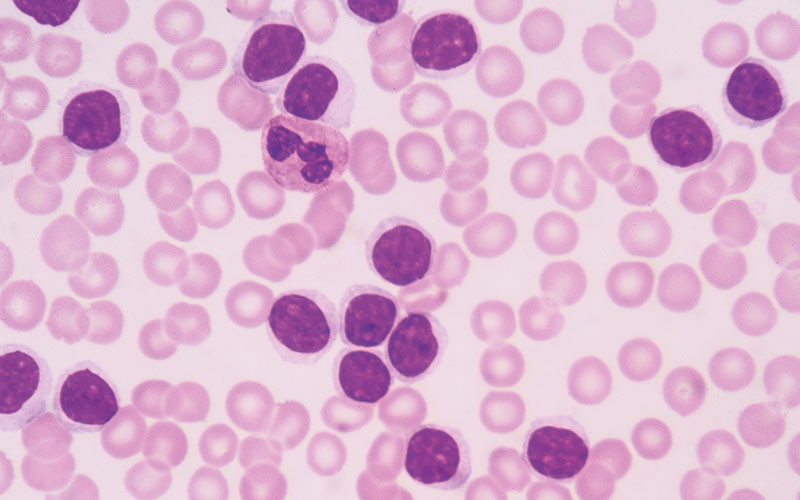A stem cell transplant is a common treatment for blood cancers, such as acute myeloid leukemia (AML).

Such treatment can cure blood cancers, but also can lead to life-threatening complications, including heart problems and graft-versus-host disease, in which new immune cells from the donor attack a patient’s healthy tissues.
A study shows that extremely rare, harmful genetic mutations present in healthy donors’ stem cells, though not causing health problems in the donors, may be passed on to cancer patients receiving stem cell transplants.
The intense chemotherapy and radiation therapy prior to transplant and the immunosuppression given after allow cells with these rare mutations the opportunity to quickly replicate, potentially creating health problems for the patients who receive them, suggests the research.
The study, involving samples from patients with AML and their stem cell donors, suggests such rare, harmful mutations are present in surprisingly young donors and can cause problems for recipients even if the mutations are so rare as to be undetectable in the donor by typical genome sequencing.
The research opens the door to a larger study that will investigate these rare mutations in many more healthy donors, potentially leading to ways to prevent or mitigate the health effects of such genetic errors in stem cell transplant patients.
Image credit | iStock




